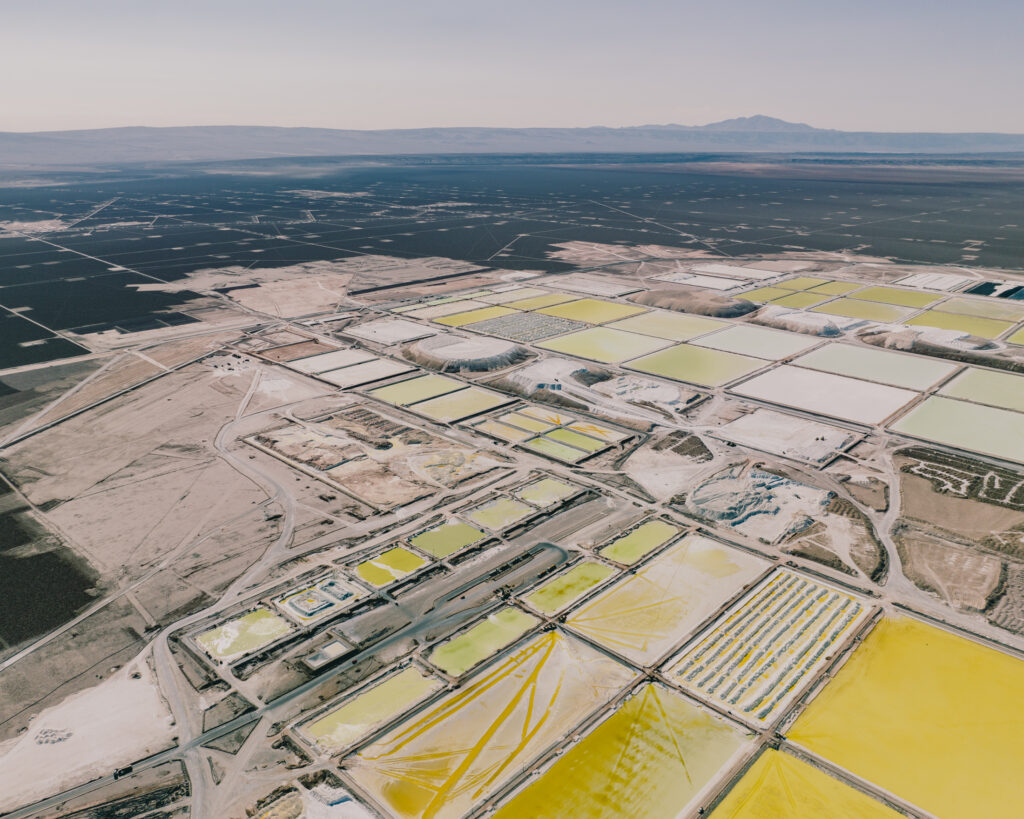As we enter the 21st century, our dependence to technology is growing exponentially. The digital age and the race for electrificationhave profoundly altered our relationship with metals. Copper, cobalt, coltan, lithium: securing the supply of these minerals has become apriority for the major powers, led by China, the United States and the European Union. Digging in all directions, they are courting countries with richly endowed sub-soils.
January 2023: The 100th Motor Show opens in Brussels. In the aisles, Chinese and European manufacturers are offering electric SUVs, with green slogans. There is a scientific consensus on the need to switch the automotive market to electric vehicles. The European Parliament’s decision to put an end to the sale of combustion-powered vehicles by 2035 is a step in the right direction. But this switch will only work if there is a reduction in the number of vehicles and the construction of small electric models. This is a long way off.
Projections put the number of electric vehicles at 135 million by 2030. Added to this are the batteries used in smartphones and other connected objects. Global demand for lithium is therefore set to increase 60-fold by 2050. The extraction of mining resources on a global scale is set to reach an exponential peak. The price of cobalt has already risen by 300% in two years. This explosion of the extractive model will cause irreparable damage. Towns have already been wiped off the map and entire regions rendered uninhabitable for decades.









